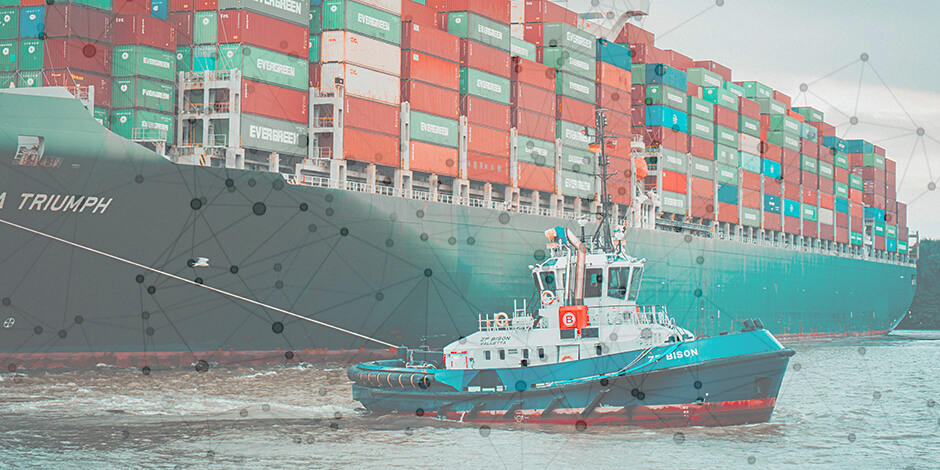A quick check of Google trends indicates that “supply chain” queries are diminishing from their highs in October 2021. Yet that doesn’t mean that the turmoil caused by chaos in the supply chain is, in fact, subsiding. In a recent First Insight report in partnership with the Baker Retailing Center at the Wharton School of the University of Pennsylvania, 98% of C-Suite retail executives believe that supply chain disruptions will last through 2022. Ongoing factors include the war in Ukraine, pandemic-related lockdowns in China, and the deaths of port workers. Increased demand has also been a major contributor to the broken supply chain, but we may soon be in store for a more stable demand curve because of inflation.
Given these factors, how can companies mitigate their supply chain risk?
Predictability is the most potent antidote to supply chain upheavals. By marrying historical data with machine learning tools, resource allocation can be optimized to remove much of the uncertainty that negatively impacts profitability as well as consumer experience. First Insight’s Experience Management platform can enable brands and retailers to get ahead of the challenges presented by product development lifecycles, which can significantly improve profitability, speed to market, and crisis decision making.
Knowing what consumers want to purchase is the first step in increasing predictability. Many merchants today continue to work off of “gut feelings” as opposed to hard data. When the Voice of the Customer is brought into the product development lifecycle early, critical data can be mined for better decision-making around merchandise assortment, sizes, colors, and even pricing. Understanding where there is price elasticity, especially in times of high inflation, can help reduce the sting of increased prices for both consumers and enterprises.
Predictive analytics and Voice of the Customer data speed up product development, further reducing exposure to evolving supply chain interruptions. In fact, many months can be shaved off the traditional product development cycle when Voice of the Customer data is paired with Digital Product Creation. By testing 3D assets with consumers, instead of physical prototypes, even more time can be saved—sometimes as much as 70%.
Product optimization software significantly reduces supply chain dependencies. By avoiding the use of materials with high supply chain volatility, manufacturers and retailers can identify alternative materials without sacrificing consumer demand.
Assortment optimization software allows merchants to make better decisions. Data and machine learning can create the best possible assortments to yield the highest market share while also helping executives make the right product substitution decisions when needed.
Each of these tools enable manufacturers and retailers to forecast buys with a greater degree of certainty. ESG goals can also be met more easily by producing the right merchandise in the correct quantities at the right time, avoiding overproduction, waste, and rush shipments. These tools remove the unpredictability inherent in placing orders for products six months to a year—or more--ahead of time.
First Insight’s Next-Gen Experience Management Platform’s powerful, scalable, and easy-to-integrate solution provides the data necessary to make the most informed decisions retail leaders face today. Through advanced analytics including human computational modeling, Bayesian mathematical models, predictive analytics and APIs, First Insight’s platform represents a proven, breakthrough solution that helps anticipate outcomes so that businesses can build achievable financial plans.
















